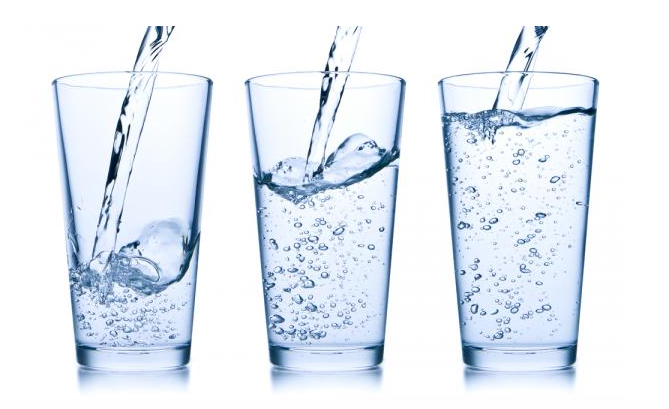
How to Stay Hydrated in the Heat
Written by Michele Vieux
It’s the middle of summer – it’s hot and you are sweating more than usual. Surely you are drinking at least the recommended eight glasses of water per day – but is that enough to make up for the extra fluid loss this time of year?
Under normal circumstances, eight ounces should be enough water to meet your needs as far as bodily functions go. Check out Coach Melissa’s blog post for a little more detail on this. But there are also a few external factors that need to be taken into consideration in regards to your fluid replacement – hot weather, humidity, your training length and intensity, and if you are training outdoors or indoors (especially if you are competing in different conditions than what you are used to). If you train regularly in such conditions, you have to change your hydration strategy to accommodate those circumstances.
A good measure of hydration is the color of your urine. If you are drinking enough water during the day, your urine should be a pale yellow color. If it’s darker than pale yellow, than that is usually a sign that you are dehydrated.
Looking for a more scientific way to figure out if you need to be drinking more water? Here’s a simple way to calculate your sweat rate. When exercising in the heat or following an intense or multi-session training program, one of the first things we recommend you doing is a sweat rate test so that you can figure out a precise calculation for your fluid replacement. Here’s how:
-
Weigh yourself before a workout.
-
Weigh yourself after the workout.
-
Calculate the weight change – that is how much water you lost.
-
Drink 16oz. water for every pound lost.
Electrolytes
Sometimes water isn’t enough – or it might be too much. If you start to feel bloated, then it may be a sign that you are drinking too much and you may need to supplement it with some electrolytes (sodium and potassium) so that it helps your muscles retain and use energy when you need it. If it’s hot and/or you sweat a lot, chances are you need to incorporate these anyway. If you are low on electrolytes, you might feel sluggish, nauseated or have a headache, or you might not have any symptoms – it’s best to stay on top of it when you know the external risk factors are high. Here are some options: You can add a pinch of colored salt to your water or add electrolytes using a product like Nuun tablets. If your goal is focused around fat loss, we recommend avoiding any “sports drinks” such as Gatorade or Powerade due to their high sugar content. You can also check out Jaimie’s blog post on Electrolyte options and why they are important or make your own energy drink using the recipe below.
M’s Energy Drink Recipe
-
1 cup coconut water
-
1 cup water
-
½ cup Organic Pomegranate Juice (no sugar added)
-
½-1 teaspoon Hawaiian Pink Salt
-
1 package Ola Loa vitamin drink mix (available at Whole Foods)
-
1-2 scoops Bio Energy C
Tired of plain ‘ol water?
Try one of these ideas to kick it up a little.
Make your own spa water by adding a combination of sliced citrus, cucumbers, strawberries, mango, grapes, jalapeños, rosemary, mint or sage.
Fizz it up with a Sodastream machine or other carbonating device and pass on the flavor packs that come with it in lieu of adding a squeeze of fresh lemon, lime or orange.
Flavors are limitless if you drink herbal tea and you don’t have to worry about the dehydrating effects of caffeine if you choose wisely. Herbal teas can be consumed hot or cold and provide plenty of variety for those bored by plain water.
Besides being essential to nearly all bodily functions and overall health, making sure we have the right balance of body fluids becomes extremely important if we want to maximize our performance. Hopefully these tips will help you implement your hydration strategy!
Also Check Out…
The Secret To Being The Fastest Rower In The Room
5 Key Ideas From Dr. Andy Galpin’s Presnetation On “Genetics vs. Performance”